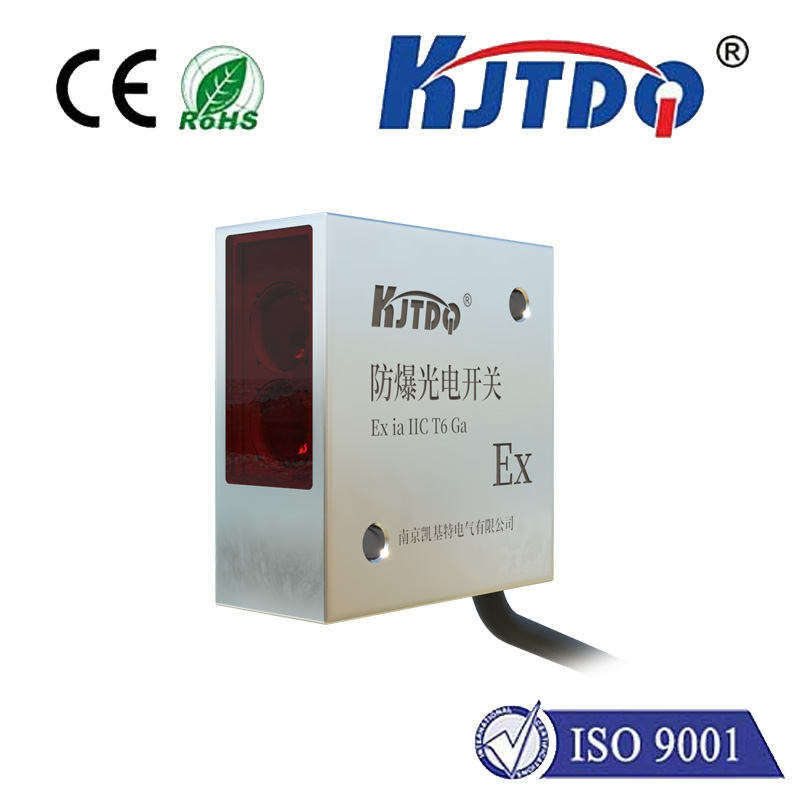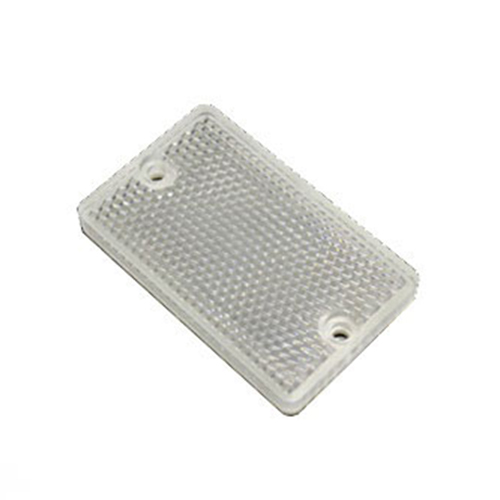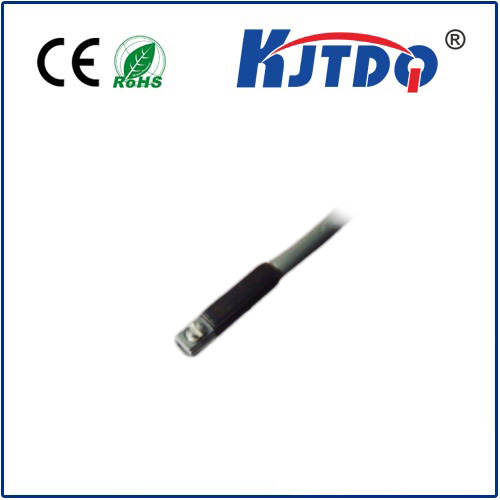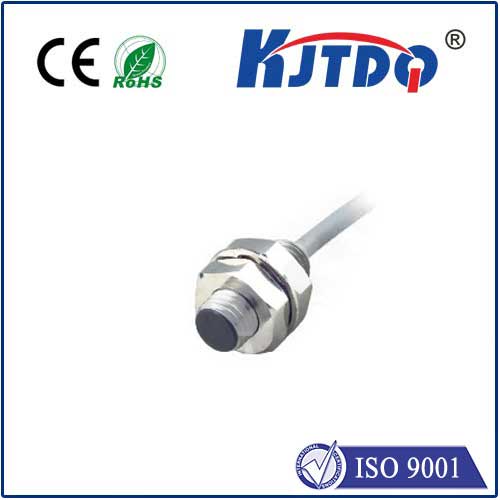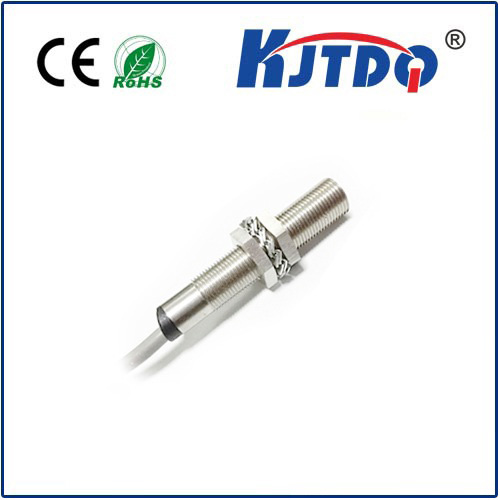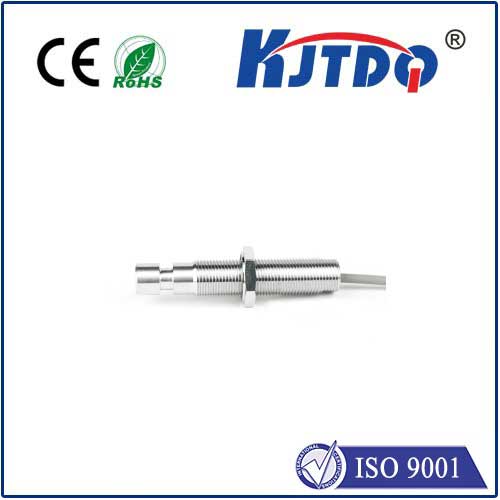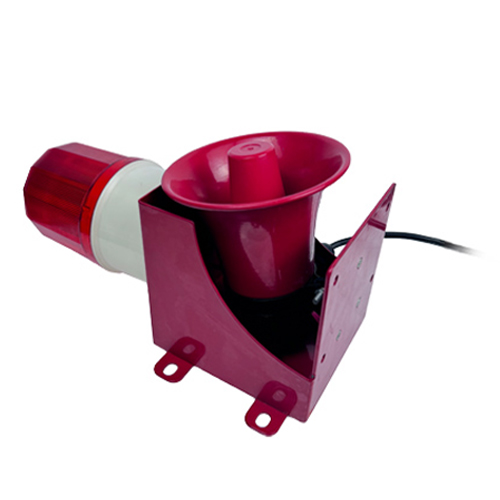

check

check

check

check
The Evolution of High-Performance Metal Components in Modern Engineering
In the ever-evolving landscape of engineering and manufacturing, the demand for high-performance materials has never been greater. Among the many innovations that have transformed industries, the development of advanced metal components stands out as a critical area of progress. One such component, the RO20M-BT18-VP6X2-H1141, exemplifies the cutting-edge design and functionality that modern engineering seeks to achieve. This article explores the significance of this component, its design principles, and its role in advancing technological applications.
The RO20M-BT18-VP6X2-H1141 is a specialized metal component designed for high-strength and high-precision applications. It is composed of a high-carbon steel alloy, with a base material of RO20M and a coating of BT18, which enhances its durability and resistance to wear. The VP6X2 refers to a specific heat treatment process that ensures optimal mechanical properties, while H1141 denotes its hardness and overall performance characteristics. This combination of materials and processes makes the component ideal for use in demanding environments, such as aerospace, automotive, and industrial machinery.

The design of the RO20M-BT18-VP6X2-H1141 is a testament to the importance of material science in modern engineering. The RO20M alloy is known for its excellent tensile strength and fatigue resistance, making it suitable for applications that require long-term reliability. The BT18 coating, on the other hand, provides a robust surface that resists corrosion and abrasion, ensuring that the component maintains its integrity under extreme conditions. This dual-layer approach not only increases the component’s lifespan but also reduces maintenance costs, which is a key consideration in industrial applications.
In addition to its material properties, the RO20M-BT18-VP6X2-H1141 is engineered for precision and consistency. The VP6X2 process ensures that the component’s dimensions and tolerances are tightly controlled, which is essential in applications where accuracy is paramount. This level of precision is particularly important in aerospace and automotive industries, where even minor deviations can lead to significant performance issues. The H1141 designation reflects the component’s ability to withstand high temperatures and mechanical stress, making it a reliable choice for high-performance systems.
The integration of the RO20M-BT18-VP6X2-H1141 into modern engineering solutions is not merely about functionality—it is about innovation and efficiency. As industries continue to push the boundaries of what is possible, the development of such advanced components is crucial. These components are not only enhancing the performance of existing technologies but also enabling new applications that were previously deemed impossible. For example, in the field of renewable energy, high-performance metal components are being used to improve the efficiency of wind turbines and solar panels, contributing to a more sustainable future.
Moreover, the RO20M-BT18-VP6X2-H1141 reflects the ongoing advancements in material science and manufacturing technology. The careful selection of materials, along with precise heat treatment and coating processes, ensures that the component meets the highest standards of quality and performance. This level of craftsmanship is a direct result of the increasing emphasis on precision engineering and the need for reliable, high-performance components in today’s technological landscape.
In conclusion, the RO20M-BT18-VP6X2-H1141 is a prime example of how modern engineering is driving progress through the development of advanced metal components. Its unique combination of material properties, precision engineering, and heat treatment processes makes it an essential element in a wide range of applications. As technology continues to evolve, the importance of such components will only grow, making them a vital part of the future of engineering and manufacturing.
